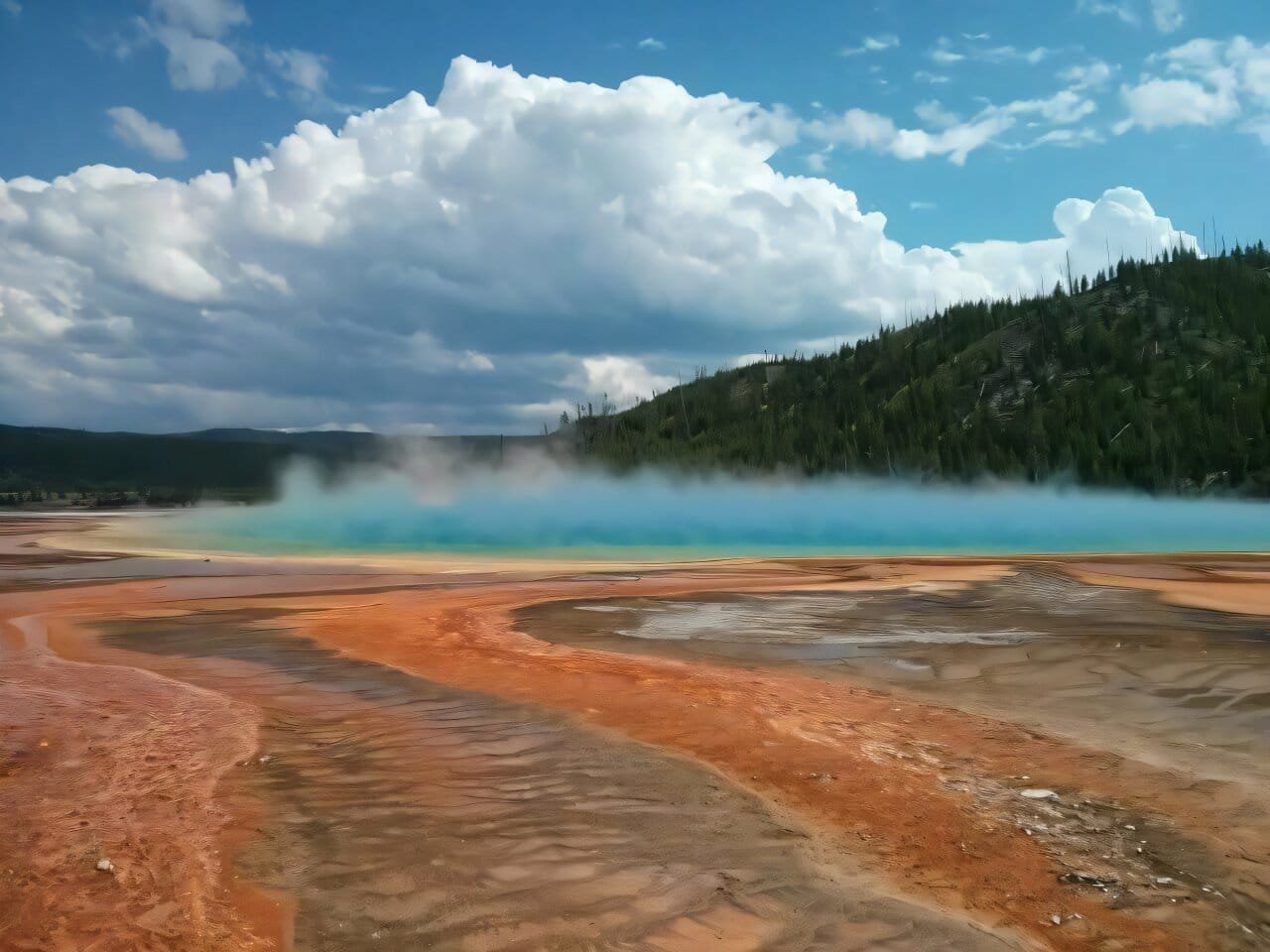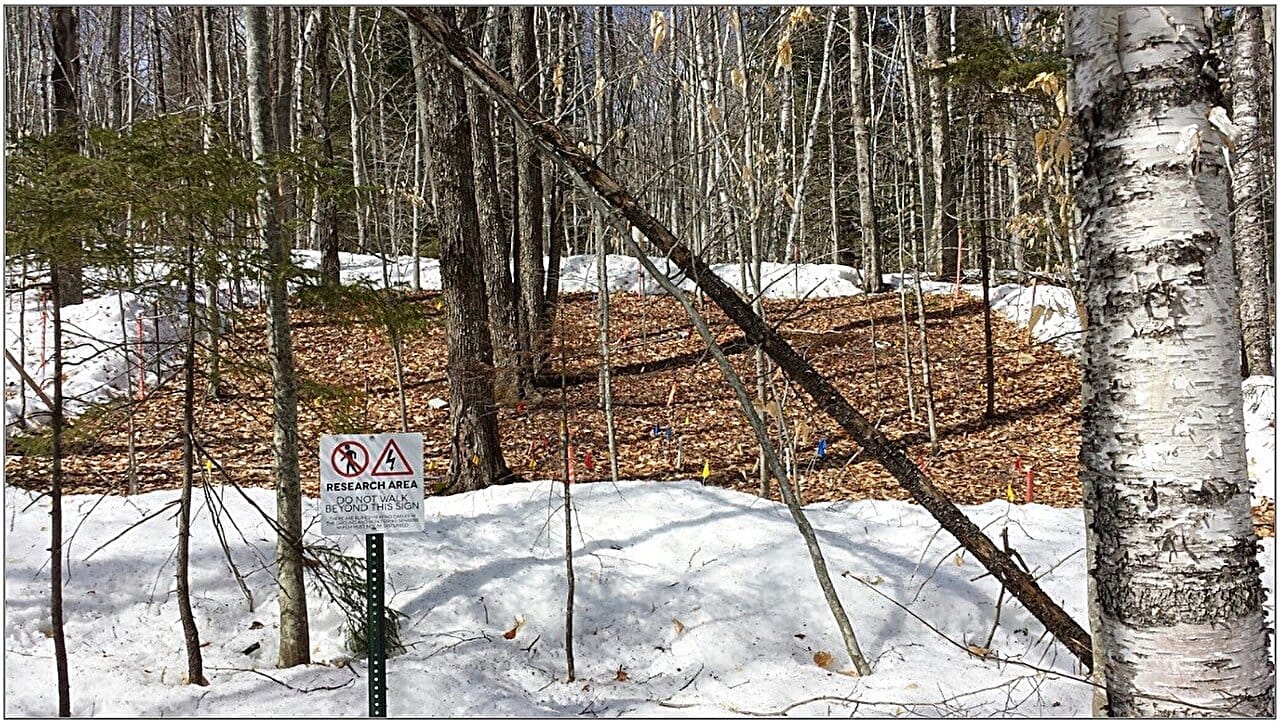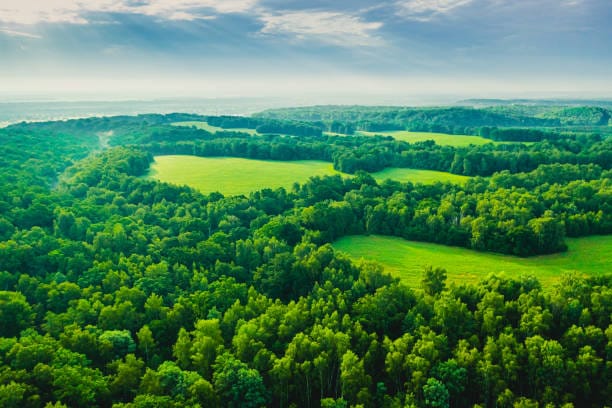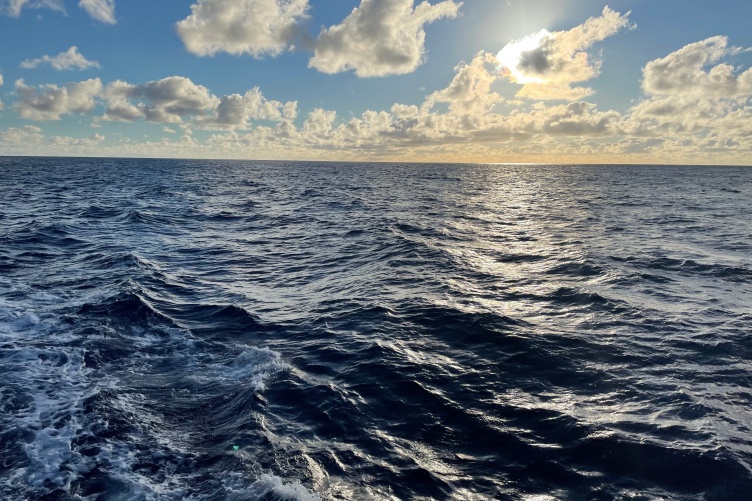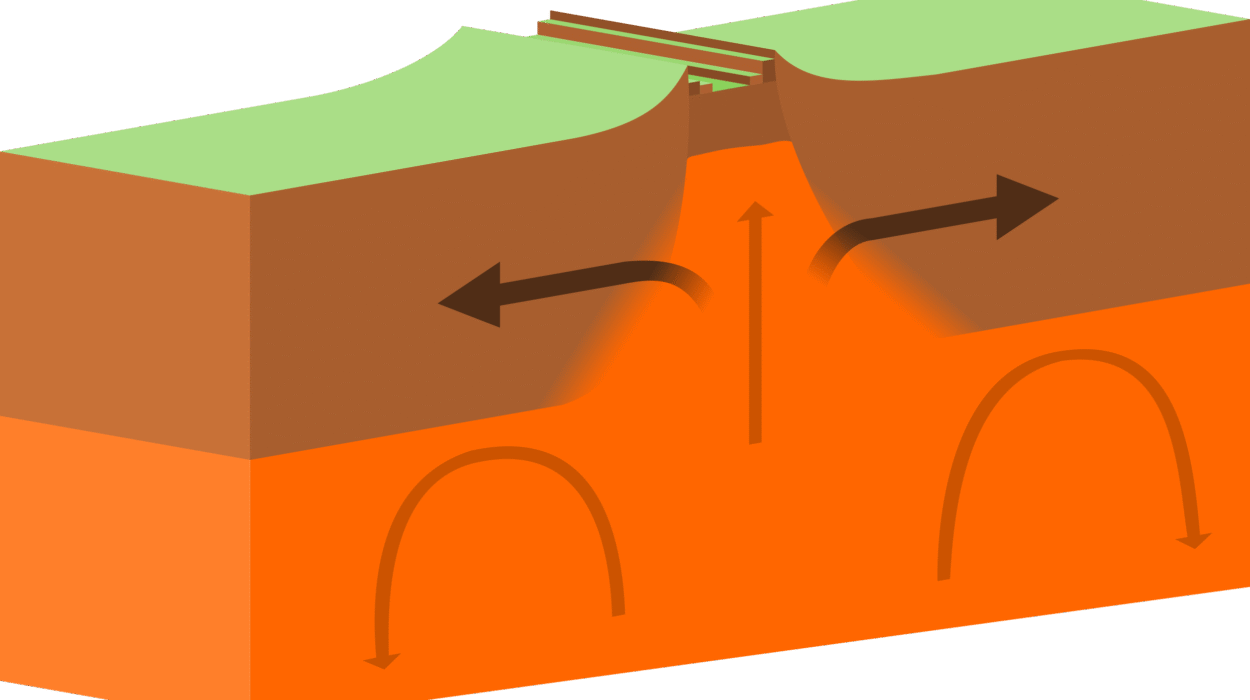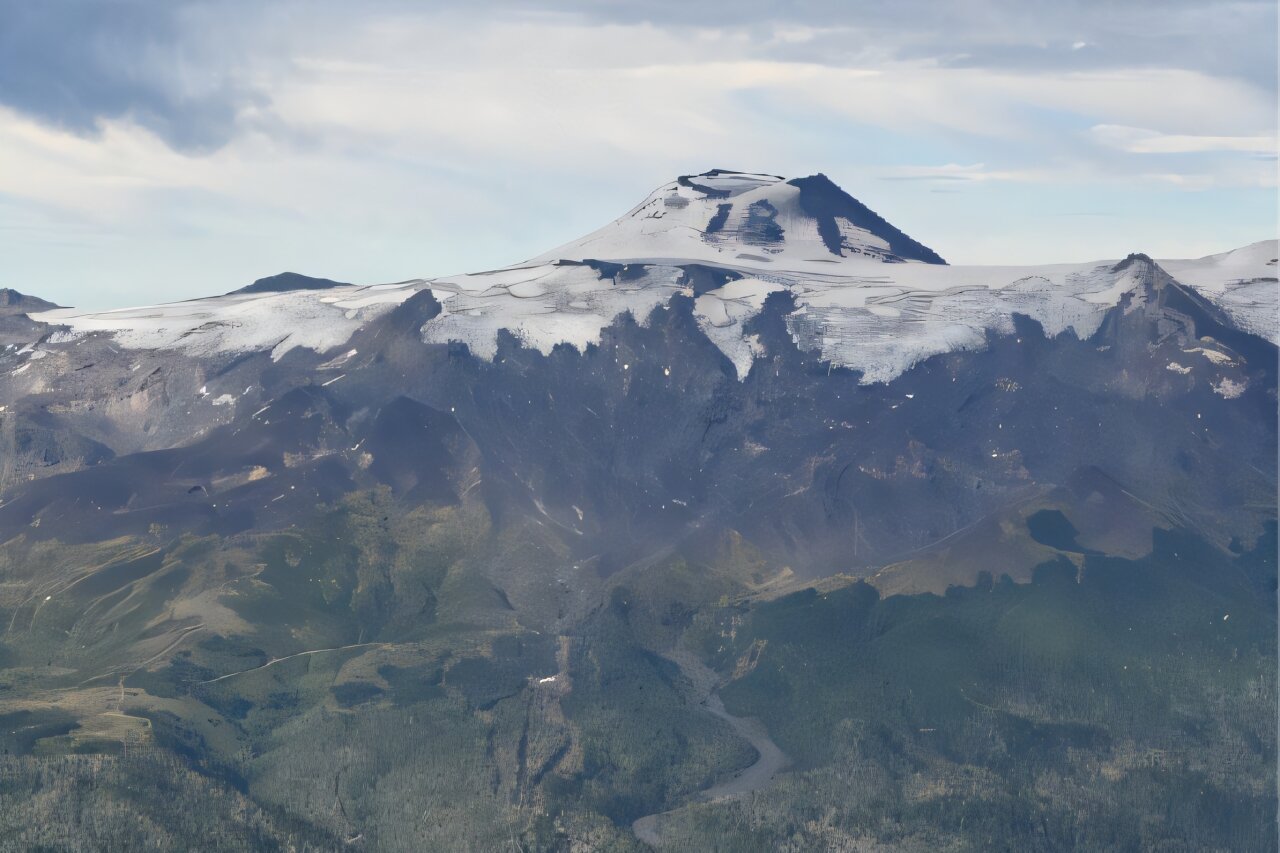Far beneath the breathtaking geysers, tranquil forests, and winding rivers of Yellowstone National Park lies a hidden realm of tremendous power—a place of seismic whispers and volcanic potential, of ancient fire and restless stone. Yellowstone, the crown jewel of America’s national parks and the planet’s first officially designated one, has always been a symbol of natural wonder. But what many of its millions of visitors don’t realize is that beneath the park’s colorful hot springs and steaming vents pulses one of the most active and complex volcanic systems on Earth.
This is not just a scenic escape—it’s a supervolcano, quietly breathing beneath the states of Wyoming, Montana, and Idaho. The Yellowstone Caldera, a massive, collapsed magma chamber left behind from catastrophic eruptions of the distant past, has long fascinated scientists. For decades, geologists and volcanologists have studied its heartbeat, measured its breath, and tried to decipher the meaning of its occasional murmurs—earthquakes.
Now, a groundbreaking study published on July 18 in the prestigious journal Science Advances has revealed just how much more there is to hear.
When Machines Start to Listen
In collaboration with the United States Geological Survey (USGS) and Colombia’s Universidad Industrial de Santander, Dr. Bing Li, an engineering professor at Western University and an expert in fluid-induced seismicity, has led a team that fundamentally altered the way we interpret Yellowstone’s underground language. They didn’t build a new sensor. They didn’t drill into the Earth. They taught a machine how to listen—really listen—to years of earthquake data.
Using machine learning, Li and his colleagues reanalyzed 15 years of seismic recordings from the Yellowstone caldera, covering the period from 2008 to 2022. The result was startling: a nearly tenfold increase in detected earthquakes, from what was previously thought to be a comprehensive catalogue. What once seemed like a sporadic tapping now revealed itself to be a flurry of subtle vibrations—86,276 quakes, each one a small signal in the dark.
This new catalogue not only transforms our understanding of the seismic activity in Yellowstone, it also underscores a broader truth: the past is not silent. It’s simply waiting for us to listen more closely.
What Earthquakes Can Teach Us About the Earth’s Heartbeat
Many of the newly identified earthquakes were not isolated events. More than half were part of what are known as “earthquake swarms”—clusters of small, interconnected earthquakes that occur in short bursts, often without a clear mainshock or central event.
Unlike aftershocks, which follow a large earthquake like echoes after a thunderclap, swarms are like a jazz improvisation—erratic, spontaneous, and hard to predict. These swarms offer invaluable clues to the movement of fluids and pressure beneath the surface, especially in volcanic regions like Yellowstone.
Understanding swarms is not simply academic. They are often the only warning signs that a caldera might be waking up. While most swarms do not indicate impending eruptions, their patterns—where they happen, how often, how intense—form part of a larger, complex equation that scientists use to assess volcanic risk.
“Every small earthquake is a message,” said Li. “And with this machine learning approach, we’re finally reading more of them.”
A Window into the Roughness of Earth’s Underworld
But the study did more than count earthquakes. It measured their character—specifically, the nature of the faults where they occurred. Faults are fractures in the Earth’s crust, and like the lines in a person’s palm, they tell a story of motion, tension, and time.
In Southern California, faults are typically well-defined and smooth, like deep cracks in dry ground—mature structures formed over millennia of repeated movement. But the faults under Yellowstone are younger and wilder. They are rough, immature, and irregular, much like torn seams rather than clean breaks.
To quantify this roughness, the researchers turned to the language of fractals—mathematical shapes that repeat across scales, where zooming in reveals patterns that look much like the whole. First introduced to the public imagination by mathematician Benoit Mandelbrot in the 1980s, fractals appear in snowflakes, trees, coastlines, even in the veins of leaves and blood vessels. In this case, the earthquakes themselves formed a fractal pattern—one that reflected the jagged, chaotic nature of the faults below.
By studying these fractal signatures, the team could infer that Yellowstone’s swarms likely arise from a unique interplay between solid rock and fluid motion—particularly water and gas moving through porous pathways. Sometimes slow, sometimes surging, this subterranean ballet stirs the faults like a violin bow on strings, releasing a cascade of tiny earthquakes.
Old Data, New Vision
In the past, earthquake detection was a task for human eyes and ears. Trained seismologists would sift through seismic recordings manually, identifying telltale spikes and patterns that signaled ground movement. But the Earth’s hum is constant, and its voice is buried in noise. Even the best experts can miss faint events, especially when the data stretches across years and continents.
Machine learning changed that. Like giving a microscope to the blind, it empowered researchers to see what they couldn’t before—not because they weren’t looking, but because the scale of the data had grown beyond human ability to process it alone.
“If we had to do it old school, with someone manually clicking through all this data looking for earthquakes, you couldn’t do it. It’s not scalable,” said Li. With artificial intelligence, what once took years can now be done in hours. And more importantly, machines can do it with consistency, removing human bias and fatigue from the equation.
The team’s algorithm combed through terabytes of waveform data—vibrations recorded by sensors from hundreds of miles away—and pulled out signals buried in the noise. What emerged was not just more data, but a deeper understanding of Yellowstone’s pulse.
The Future of Seismic Listening
Why does this matter? Because Yellowstone is not just any volcano. It is a supervolcano, with a history of eruptions that reshaped the continent. While the last major eruption occurred over 640,000 years ago, and scientists assure us there is no imminent danger, understanding its behavior is not an indulgence—it’s a necessity.
This study represents a step toward a future where we don’t simply wait for earthquakes or eruptions to happen, but actively learn from the Earth’s subtle signals. It brings us closer to predictive models that can one day offer early warnings not just for Yellowstone, but for volcanic and seismic regions across the globe.
“By understanding patterns of seismicity, like earthquake swarms,” said Li, “we can improve safety measures, better inform the public about potential risks, and even guide geothermal energy development away from danger in areas with promising heat flow.”
Indeed, the applications of this research extend beyond Yellowstone. Similar methods are now being applied in Colombia, Iceland, Japan, and parts of East Africa. Wherever there is tectonic tension—wherever the Earth stirs below our feet—there is potential for machine learning to listen more closely and tell us more of the story.
A Symphony of Earth and Code
The real breakthrough in this study isn’t just the number of earthquakes catalogued or the new insights into fault roughness. It’s the merging of Earth science and computer science—a symphony of geology and code, intuition and iteration.
Seismology, once rooted in notebooks and analog instruments, is now entering the era of big data. And while the Earth continues to move in ancient rhythms, our ability to interpret its music has become profoundly more advanced.
What this study proves is that Yellowstone is speaking, not in words, but in tremors. Every pulse beneath the caldera is a chapter in a deeper geological story—one we are only just beginning to translate. The data is there, hidden like fossils in rock. All it takes is the right kind of listening.
And as we face a future where climate, energy, and safety are increasingly intertwined with the forces beneath our feet, that listening may be our most powerful tool.
Reference: Manuel Florez, Long-term dynamics of earthquake swarms in the Yellowstone caldera, Science Advances (2025). DOI: 10.1126/sciadv.adv6484. www.science.org/doi/10.1126/sciadv.adv6484
